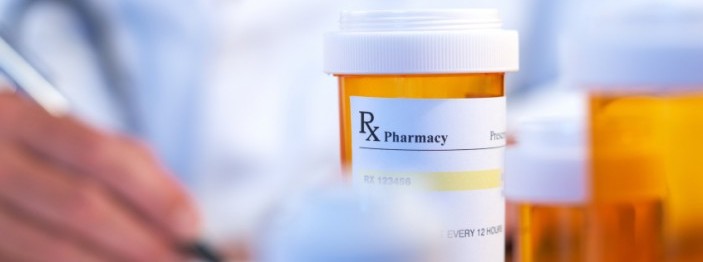New drug approved for multiple sclerosis
BG-12, a new oral medication for multiple sclerosis (MS), has now been approved in the U.S. and Canada. The drug, known as Tecfidera, will be manufactured by Biogen Idec, which also makes Avonex and Tysabri. In the U.S. the drug has been approved as a first-line agent to treat relapsing forms of MS, which includes relapsing-remitting MS (RRMS) as well as people with secondary-progressive MS (SPMS) who are still having relapses. A similar indication is expected in Canada but the final label is not yet available.
Tecfidera was approved based on the results of two large phase III studies. In the DEFINE trial, 1,234 people received one of two doses of the drug (240 mg either twice or three times a day) or a placebo (Gold and colleagues. N Engl J Med 2012;367:1098-1107). After 96 weeks, the average rate of relapses per year was 0.17 and 0.19 for the two drug groups (an average of 1 relapse every 5-6 years) and 0.36 for the placebo group (about 1 relapse every 3 years). For the twice-daily group this represented a 53% reduction in relapses compared to placebo. The proportion of people with progression of disability was 16-18% with Tecfidera compared to 27% with placebo (a difference of 34-38%). Progression of disability was defined as a worsening of EDSS score of 1 point confirmed at three months.
The second trial was CONFIRM, which studied the same two doses of Tecfidera but also included people treated with Copaxone (Fox and colleagues. N Engl J Med 2012;367:1087-1097). After two years, the average number of relapses per year was 0.20-0.22 with Tecfidera, 0.29 with Copaxone and 0.40 with placebo. This represented a 34% reduction in relapses with Tecfidera twice-daily and a 29% reduction with Copaxone compared to placebo. Tecfidera twice-daily and Copaxone were not significantly different. There was no significant effect on disability progression with Tecfidera or Copaxone. However, Tecfidera was superior to Copaxone with respect to reducing new brain inflammatory activity seen on MRI.
The results for Tecfidera compare favourably with those of two other oral MS drugs (see Comparing new MS therapies – Oral drugs). Although comparative studies haven’t been done, Tecfidera appears to be as effective as Gilenya in terms of relapses and somewhat less so with respect to its impact on brain inflammation seen on MRI. However, Tecfidera appears to be more effective than Aubagio and laquinimod.
The approved dose of Tecfidera will be 240 mg twice-daily. A lower dose (120 mg twice-daily) will be used for the first week to try to minimize side effects. The most common side effects with Tecfidera are flushing (which occurs in about 40% of people), stomach pain (18%), diarrhea (14%), nausea (12%), vomiting (9%), and itchy skin or rashes (8%). Flushing is reportedly reduced if you take Tecfidera with food. About 27-31% of people will continue to have MS relapses. Tecfidera can affect blood cell counts, so blood tests will be needed before treatment begins and at least annually thereafter. Additional studies will be needed to determine if the drug is toxic to the kidneys, liver or testes.
While these side effects apparently diminish over time, the tolerability of the drug is expected to be a difficult issue. In the clinical trials of Tecfidera, a very high number of people (about 31%, or roughly 1 in 3) didn’t complete the studies on treatment. In comparison, 75% of people completed treatment with Aubagio and Gilenya in their respective trials (O’Connor and colleagues. N Engl J Med 2011;365:1293-1303; Kappos and colleagues. N Engl J Med 2010;362:387-401).
Women taking Tecfidera who plan to become pregnant should talk to their doctor about possibly stopping the drug. No studies have looked at the effect of the drug during pregnancy, but animal studies have indicated that the drug may be toxic to the fetus.
To read the U.S. product monograph for Tecfidera, go to www.accessdata.fda.gov/drugsatfda_docs/label/2013/204063lbl.pdf.
Share this article
Facebook Twitter pin it! Email
Related Posts
Back





